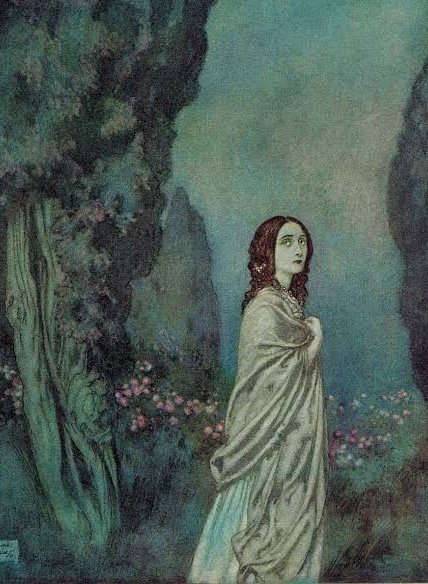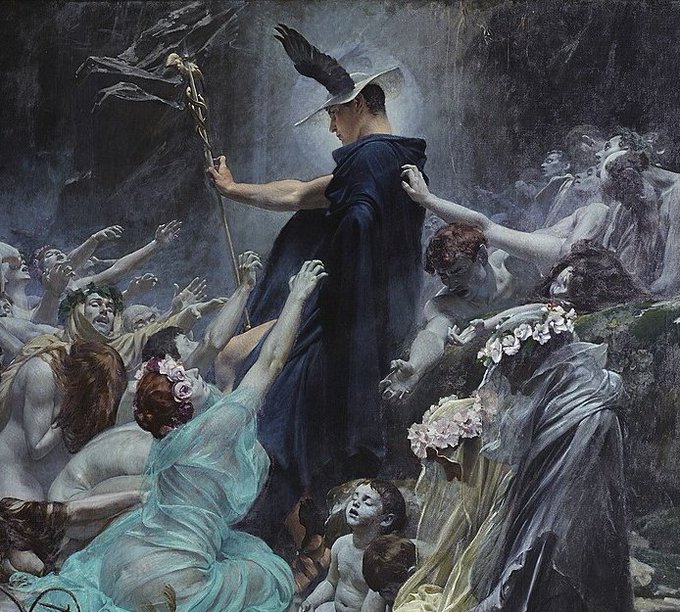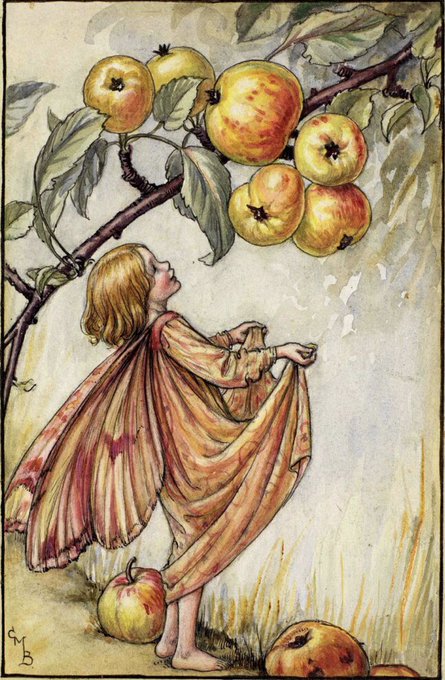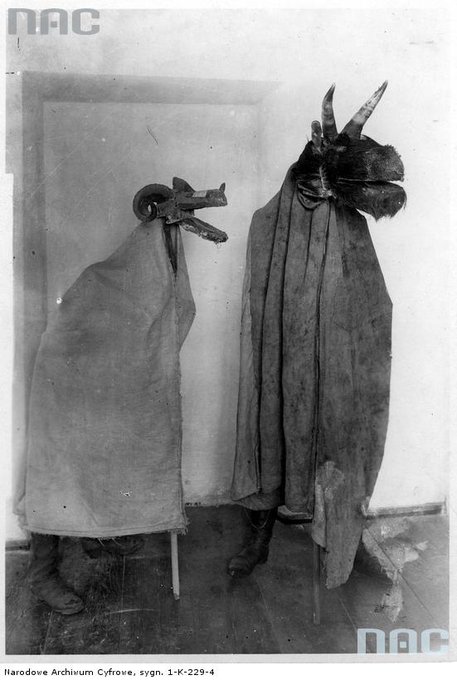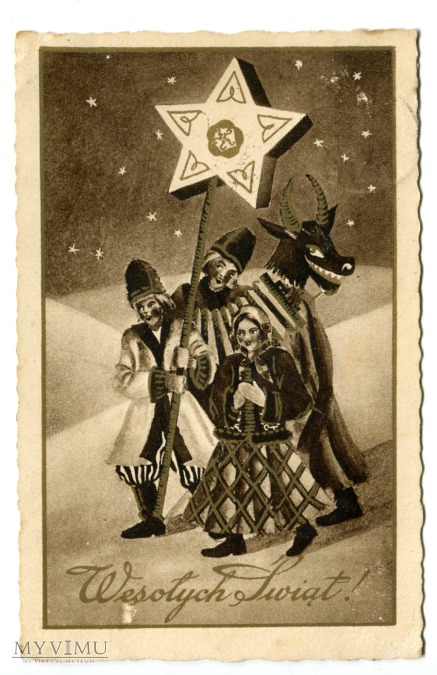faustianfridayのTwitterイラスト検索結果。 594 件中 14ページ目
#FaustianFriday
Doppelgänger is German for “double walker.” [aka alter ego] In myths, they are a paranormal phenomenon of a ghost or double of a living person; mostly portrayed as a harbinger of bad luck or an evil twin. [see #LostHighway & #SecretWindow]
Art by AnotherWanderer
For #FaustianFriday The gathering of "food" for the founders day feast on the island of @HopelessMaine
#FaustianFriday
Artemis (2/2)
Artemis as the Moon Goddess was honored by round cakes called amphiphontes (“shining all around”), in which dadia were stuck („little torches).
That may be the origin of the modern „birthday cake“.
🖼Artémis by Auguste Donnay, 1897,
In Flemish tales porridge with garlic seems to have special powers. A servant who could shapeshift into a horse was chased away by serving him this delicacy. Also chased away were devils working on farms. They took good luck with them and the farm was doomed.
#FaustianFriday
#FaustianFriday
Ambrosia and nectar, sacred food and drink of the gods in Greek mythology, were said to bring eternal youth, long life and immortality. They were served to the gods of Mount Olympus by the Hebe the divine cupbearer.
🎨 Louise Elisabeth Vigee Le Brun.
If you need a daily dose of #folklore, I recommend these hashtags:
#MythologyMonday #FairyTaleTuesday #WyrdWednesday #FolkloreThursday #FaustianFriday #SuperstitionSat #SwampSunday
You may also like:
#JapaneseFolklore #yokai #ukiyoe
1/4
"I wandered everywhere, through cities and countries wide. And everywhere I went, the world was on my side."
— Roman Payne, Rooftop Soliloquy
The Scholar Queen, @INeveenBadr
is with you for the next firey two hours of #FaustianFriday
(Art: https://t.co/3t6HldkBkG)
#FaustianFriday In Ancient Greek mythology, Tiresias was a blind prophet: Pliny the Elder believed Tiresias invented augury, a form of divination which read the omens of birds. In a necromantic ceremony, Odysseus summons Tiresias, offering him blood, and seeking his prophecy.
The #Wassail Queen on Old Twelfth Night (17 Jan) was often a child. She would knock on the trunk of the oldest tree in the orchard & ask the fertility spirit within, known as the Apple Tree Man, “to awake”. She then placed cider-soaked bread in its branches. #FaustianFriday
#FaustianFriday According to Strabo's "Geographia" (1st century BC), ancient Galicians and Lusitanians performed divinatory practices examining the viscera of the animals they sacrificed, as well as those of the prisoners (whose right hand they cut off).
(Artwork by Manel Cráneo)
#FaustianFriday
He does not think that I haunt here nightly:
How shall I let him know
That whither his fancy sets him wandering
I, too, alertly go? -
Hover & hover a few feet from him
Just as I used to do.–Thomas Hardy
#GothicAdvent
🎨Sulamith Wulfing
Happy Merry Whatever you choose to celebrate (or not), dearlings & darklings! 🖤
#GothicAdvent
#FaustianFriday
"Yule is the tide of specters..."
The Transplanted Ghost: A Christmas Story | Wallace Irwin (1921)
#FaustianFriday #GothicAdvent
🖼️detail of Souls on the Banks of the Acheron by Adolf Hirschl (c 1898)
In winter #YuleFolklore the Wild Hunt motif provides a spectacular set of ghosts, riding over the countryside stealing souls. In some stories Odin is the leader (leading to some tenuous associations with Santa Claus). Happy Christmas! #GothicAdvent #FaustianFriday @FaustianFriday
#FaustianFriday
Heaven did not seem to be my home; and I broke my heart with weeping to come back to earth; and the angels were so angry that they flung me out into the middle of the heath on the top of Wuthering Heights; where I woke sobbing for joy.—Emily Brontë
🎨KinukoYCraft
Styled on the ancient auroch, the shaggy Polish Turoń revels on Christmas Eve. He brings magic and mayhem, shaking up normally quiet households by bellowing his songs, chasing girls, jumping on furniture, only to fall dead, rise and begin again. #FaustianFriday #Poland #folklore
The #Yule Goat by #Swedish #artist John Bauer, (1917 & 1912). An integral #Yule figure in Scandinavian mythology, possibly linked to Thor & loved by children, the Yule goat is often involved with gift giving on #ChristmasEve & pulls the Santa-like Tomte’s sleigh. #FaustianFriday
Frau Holle appears in many different forms in Scandinavian mythology and legend. She is associated with both the evergreen plants of the Yule season, and with snowfall, which is said to be Frau Holle shaking out her feathery mattresses. #FaustianFriday












